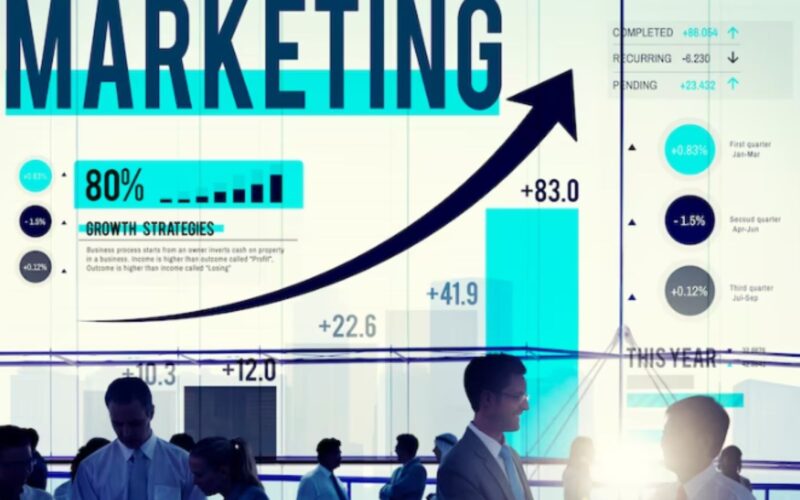At BrandShift, we aim to simplify the understanding of today’s most popular trends in digital marketing. In this article, we will analyze the prominent aspects of Performance Marketing.
Simply Put by BrandShift
Performance marketing is a data-driven digital marketing approach where advertisers pay marketing partners based on specific actions, such as clicks, leads, or sales, with a strong focus on measurable outcomes and achieving a positive return on investment (ROI). This approach relies on precise targeting, continuous optimization, and the use of various digital channels to efficiently reach and convert the most relevant audiences while closely tracking and analyzing campaign performance.
Benefits of Performance Marketing
Performance marketing offers several key benefits, including precise budget allocation and cost control, as advertisers only pay for measurable actions, ensuring efficient spending and a clear ROI. It enables data-driven decision-making and real-time optimization, allowing advertisers to adapt quickly to changing market conditions and audience preferences. With its focus on specific outcomes and measurable results, performance marketing enhances accountability and transparency in marketing efforts, helping businesses achieve their objectives while maximizing their marketing budgets.

How does Performance Marketing work?
Performance marketing works when advertisers get in touch with either agencies or publishers to design and place advertisements for their company on any number of performance marketing channels like social media, search engines, videos, embedded web content, and more. Instead of following the traditional paying method for an advertisement, these advertisers pay based on how well their ad performs, by measuring the number of clicks, impressions, shares, or sales.
When it comes to performance marketing, there are a few different payment options:
1. Cost Per Mille (CPM)
Views of your advertisement are essentially impressions. CPM refers to the total ad spend for every 1,000 impressions an ad receives. For example, if your ad campaign costs you $500 for 100,000 impressions, your CPM would be $5.
2. Cost Per Click (CPC)
Advertisers get paid according to how frequently their ads are clicked. This is a successful method of increasing website visitors. Let’s say an advertiser is running a Google Ads campaign for their online shoe store. They set a maximum CPC bid of $1.50. Whenever someone searches for “running shoes” and clicks on their ad, the advertiser pays Google $1.50 for that click.
3. Cost Per Sales (CPS)
With CPS, you only pay when an advertisement leads to a sale. The use of this approach is also widespread in affiliate marketing. Example: an online retailer pays an ad agency a commission of 10% for every sale generated through a referral link of the ad. If a customer clicks on the link and makes a purchase worth $50, the retailer pays the agency $5 (10% of $50) as the cost per sale.
4. Cost Per Leads (CPL)
Similar to cost per sale, CPL charges you when someone registers for something like a webinar or email newsletter. CPL generates leads so you can contact clients and increase sales. A marketing agency pays $2 per lead to a website that promotes its upcoming webinar on digital marketing strategies. If 100 people register for the webinar through the website’s referral link, the agency pays the website $200 ($2 per lead) as the cost per lead.
5. Cost Per Acquisition (CPA)
Compared to CPL and CPS, cost per acquisition is more generic. With this structure, marketers only get paid when customers take a particular action (such as buying something, giving you their contact information, reading your blog, etc.). An e-commerce company partners with a digital advertising agency and agrees to pay $20 for every customer who makes a purchase on their website after clicking on the agency’s ads. If 50 customers make purchases through these ads, the e-commerce company pays the agency $1000 ($20 per acquisition) as the cost per acquisition.
Conclusion – The future
Performance marketing is poised to shape the future of advertising. By aligning payment with tangible actions such as clicks, leads, sales, or acquisitions, it offers a results-driven approach that maximizes efficiency and ROI. As technology continues to advance, the precision and accountability of performance marketing will likely become even more integral to successful campaigns in the years ahead.
At BrandShift, we shall explore more aspects of Performance Marketing in our next article. Stay tuned. Feel free to reach out to BrandShift and share your thoughts with us.

